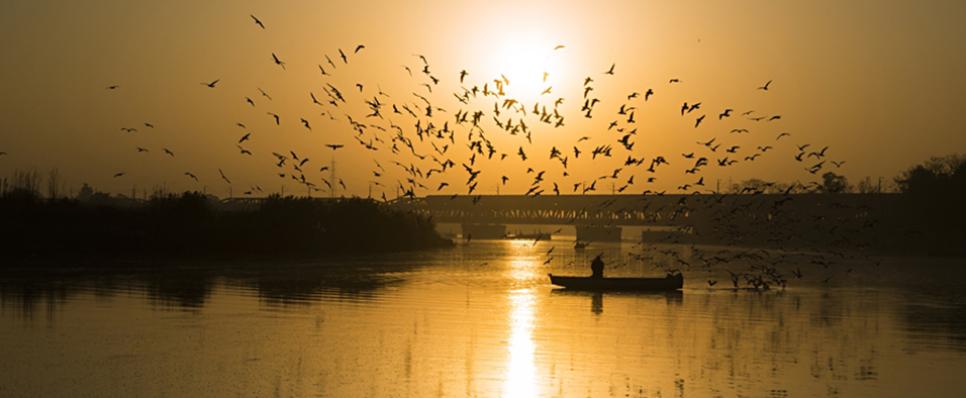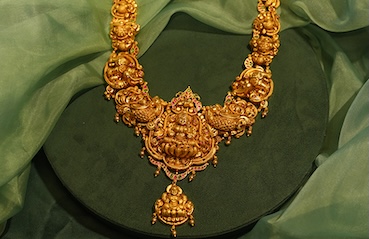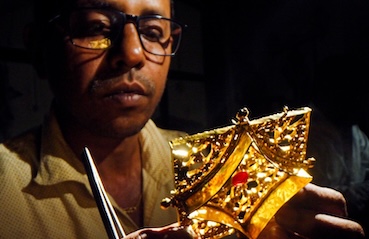Published: 27 Sep 2017
The golden river of India

A streak of gold originating on the Chota Nagpur Plateau just south of Ranchi, the capital of Jharkhand, winds almost 400 kilometres, passing West Bengal and Orissa until it descends into the Bay of Bengal.
This river’s name, Subarnarekha, literally translates to “line/streak of gold” in several Indian languages. For several years, gold has been mined at the river village, Piska near Ranchi, situated at the river’s origin. Legend has it that traces of gold can still be found in the river bed, and many people continue to look for traces of gold particles along the river’s sandy beds and banks.
The Subarnarekha River was immortalised by Rabindranath Tagore and Bibhutibhushan Bandyopadhyay in many of their works.
Also inspired by the river was Ritwik Ghatak (1925-76), an Indian filmmaker born in Dacca, then part of Bengal in British India. His film, also called Subarnarekha, is a film that many believe left an indelible mark on Indian cinema. The 1962 film uses the film as a metaphor for the plight of forgotten Indians during the time of partition. Using its characters, the film captures hope, despair and the alienation of new settlers near the river after losing their land and livelihoods.
Today, the river serves as a source for municipal water supply and industries, apart from housing a hydel project in. Several mining and mineral processing industries can be found along the river’s banks. In fact, the country’s richest copper deposits lie in the lower reaches of the basin, in the Mayurbhanj and Singhbhum districts of Odisha.
While there may still not be golden river beds any longer, the golden hue of the river continues to shine on.











